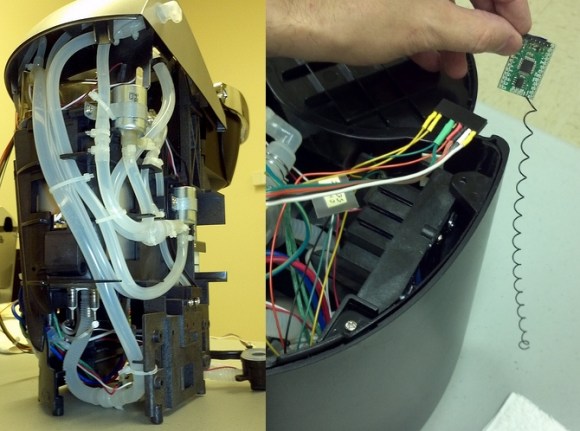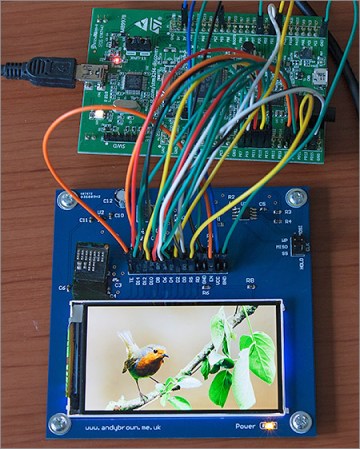
[Karl Lunt] has come up with a simple circuit for protecting data you have stored on SD cards. As is relatively well-known, the little lock switch on the side of most SD cards really doesn’t do anything more than the switch on floppies or the tabs on VHS or cassette decks. It’s up to the reader/writer to check the status of the tab and decide if it should write to the card or not. Not a very safe system. However, it’s not the only write protection system built into SD and SDHC cards. As part of the standard, cards have three protection methods: A TMP_WRITE_PROTECT bit, a PERM_WRITE_PROTECT bit, and a PWD register.
The PERM_WRITE_PROTECT bit permanently write protects the card. The bit can not be reset, so you should be really sure you want to keep the data on the card forever. The PWD register is a password register. The card will not allow any access (read or write) unless a password is provided. The TMP_WRITE_PROTECT bit is a temporary write protect. This is the bit that [Karl] is working with. When TMP_WRITE_PROTECT is set, the card can be read but not written. Note that there is no true protection here, as anyone can modify the bit. However, this should stop grandma from accidentally deleting your wedding pictures.
[Karl’s] device is very simple. A card is inserted into an Altoids tin enclosure. One button locks the card, another unlocks it. Three LEDs return status – power, card locked, and card unlocked. Under the hood, he’s using an Atmel ATmega328 to set and clear the TMP_WRITE_PROTECT bits. Power is provided by two AA batteries, and regulated with a Pololu 3.3v boost regulator. [Karl] has also included a serial port for control and debug information. We think this is a great hack, however one thing we’re not sure of is how or if these features are implemented in all cards. We’re relatively sure the name brand cards stick to the SD/SDHC spec sheet, but what about all the knockoff and no name brands from overseas?













